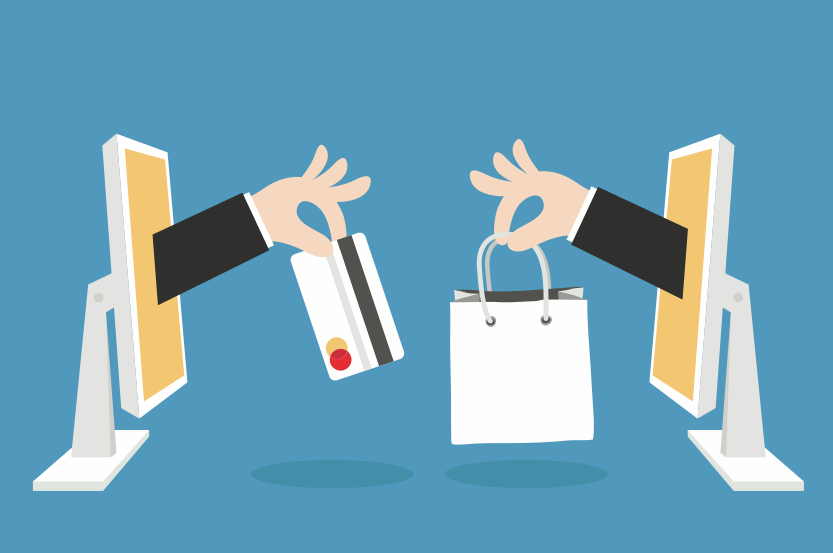Technology has a way of sweeping up markets – or even entire industries – into a whirlwind of hype. If every microchipped wonder that was billed to change the world had ever come close, we might be closer to Stanley Kubrick’s vision of the future.
As far back as the early 2000s, when the UK was caught up in a fever of leaving behind the familiar in a resurgence of space-age wonderment, there were countless column inches and airtime minutes declaring that the unstoppable success of online brands would sound the death bell for traditional high street retailing.
Bricks and mortar stores would cease to exist and, instead, you’d shout aloud for whatever you wanted and the tiny computer embedded in your temple would order it for you.
Well, perhaps not quite. The prophecy was half-right. Internet retailing has indeed rocketed, perhaps beyond what anyone – even those most intimately involved with its progress – could have realistically expected.
>See also: Retailers struggle to meet omnichannel expectations
The high street is still with us, though. Even though it faces a difficult struggle and an identity crisis, it is still serving a crucial purpose at the core of our shopping experience. The phenomenal success of click and collect services at John Lewis is a prime example of two worlds colliding, with 56% of the store’s online shoppers opting for the service over home delivery. The blending of online and offline is something that retailers must try to balance in 2015 and beyond to stay at the forefront of the competition.
The proof is in customers’ opinions. A Tensator survey recently found that 83% of shoppers believe that Britain’s high street stores will continue to close their doors at an unsustainable rate, unless they are able to significantly improve the way in which they use their floor space.
Two thirds of the respondents stated that they prefer to do their shopping online when they can, which highlights the challenge bricks-and-mortar retailers face in having to tailor their offering so it meets the demands of a modern shopper.
To some, it might seem that omnichannel retailing – the industry buzzword of the moment – is just a fad. In reality though, it is the new basis for maximising sales and profitability in the retail environment.
Instead of being a gimmick that claims to revolutionise retail, it is actually an evolution of the best practice standards that keep brands at the head of the curve. To implement the technology successfully, it needs to be fully integrated to make for a seamless and easy shopping experience.
It’s that ease and convenience that remains the key driving force behind those successful brands that blend physical and digital elements. For stores, efficiency needs to be taken into account. This is where management of a seamless customer journey is crucial.
Research has proven that an average wait of five minutes and 54 seconds is all it takes for customers to leave the store and try their luck elsewhere. Of those, more than half are likely to never return because of their bad queuing experience, believing that the store will forever lack a high enough quality of customer service. This effect tends to vary around the UK, though, with shoppers in Liverpool prepared to wait two minutes longer than those in Plymouth.
The draw of online shopping comes from its nature of being a much faster transaction – despite the wait for postage. This streamlining is an aspect of retailing that online brands have down to a fine art.
However, it’s not something that should simply be limited to online shopping. There have been some technological advances that facilitate the blending of online processes with physical shopping.
>See also:Shipping is the 'Achilles heel' of online retailers
Smartphone apps are being developed that show customers the waiting times in their closest stores and allow them to reserve their place in the queue before they even leave their sofa. They are then able to arrive at the store just in time for their turn to be served, bypassing the lengthy, and often frustrating, wait. This not only makes the process more pleasant for customers, but also reduces stress on staff at the busiest times.
With the majority of big brand retailers having some form of smartphone app offering, with varying functionality, this is the logical next step in the evolution of shopping technology and the retail experience as a whole. Innovation like this lets us keep the best aspects of the high street whilst getting around the inefficiencies that have, until now, driven people to shop online.
Ajay Joshi, Tensator Group










